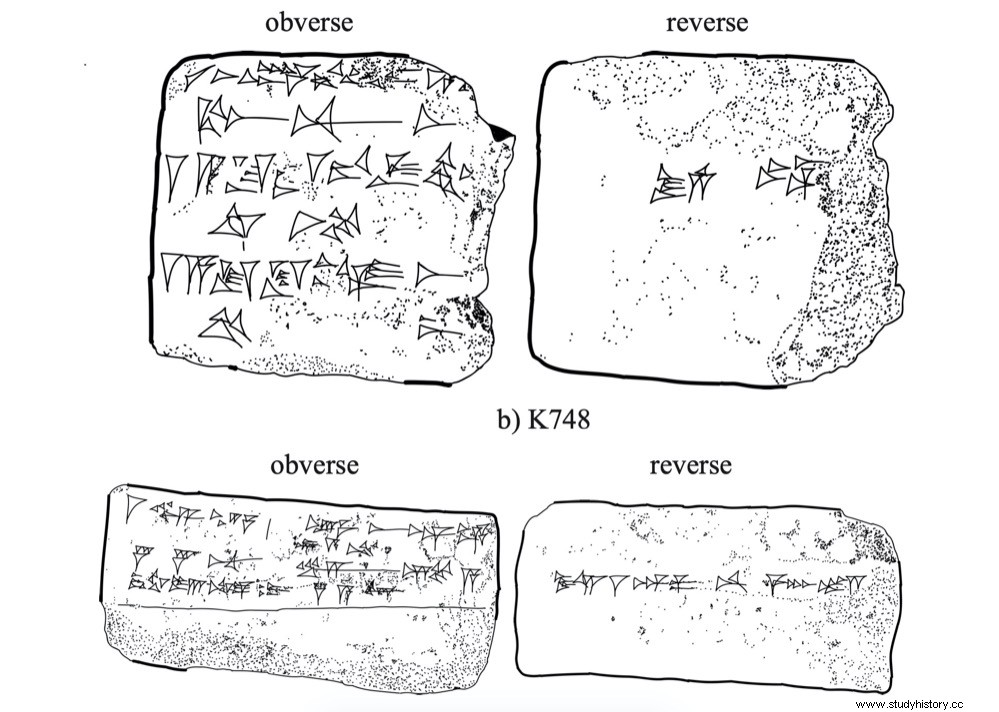Scientists at the University of Tsukuba in Japan studied ancient Assyrian cuneiform tablets for evidence of unusual solar activity 2,700 years ago, and identified three possible magnetic storms, comparing the dates with tree-ring radioisotope data. /P>
The research team, led by the University of Tsukuba, combined observations from ancient cuneiform tablets mentioning unusual red skies with radioisotope data to identify three solar storms that likely occurred around 679 to 655 BC. This can help today's astronomers predict future solar flares or coronal mass ejections that can damage satellite and ground-based electronic devices.
Observations made by ancient Assyrian and Babylonian astrologers more than two millennia ago survive in the form of cuneiform records. These rectangular clay tablets were reports from Assyrian and Sumerian astronomers to kings who had commissioned astrological observations for the purpose of discerning omens - including comets, meteors, and planetary motions.

The researchers compared three of these ancient tablets that mention an unusual red glow in the sky with carbon-14 concentrations in tree rings and show that they represent evidence of solar magnetic storms. The observations were made approximately 2,700 years ago in Babylon and in the Assyrian city of Nineveh.
One of the tablets says, red covers the sky , while another mentions a red cloud . These were probably manifestations of what we now call stable auroral red arcs , which consist of light emitted by electrons in atmospheric oxygen atoms after being excited by strong magnetic fields.
While we normally think of auroras as being confined to northern latitudes, during periods of strong magnetic activity, such as with a solar mass ejection, they can be observed much farther south. Also, due to changes in the Earth's magnetic field over time, the Middle East was closer to the geomagnetic pole during this period of history.
Although the exact dates of the observations are not known, we were able to narrow the range considerably by knowing when each astrologer was active says lead author Yasuyuki Mitsuma. Based on tree-ring samples, the scientists observed that there was a rapid increase in radioactive carbon-14 in the environment during this time, which is associated with increased solar activity.
These findings allow us to recreate the history of solar activity a century earlier than previously available records , explains Mitsuma, and can help us predict future solar magnetic storms, which could damage satellites and other spacecraft .
